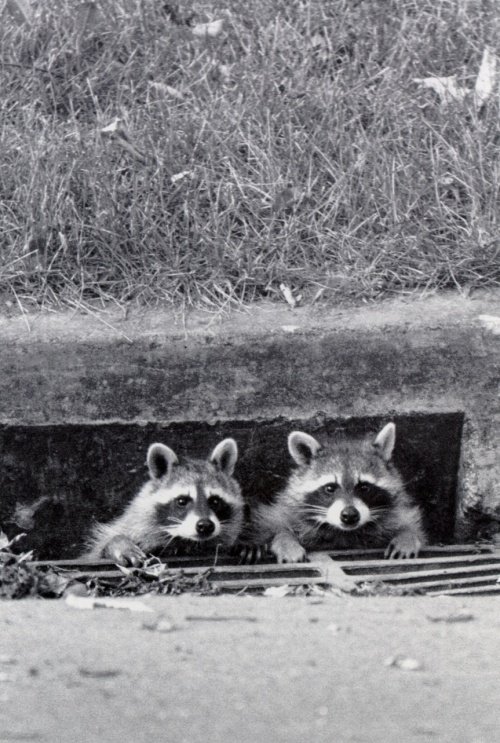by Katie Bowell, Curator of Cultural Interpretation
It hailed Monday night. I know this because I awoke to find my marigolds mangled and the hood of my car looking like the craters of the moon (speaking of the moon, be sure to come see our new temporary exhibit, To the Moon and Back, starting July 25th!). Growing up on the East Coast means that I’m unfamiliar with this painful variety of weather, so I did a little research. Wouldn’t you know it, the information I found was an intriguing blend of science and history. Hmm, where have we seen that before…?
First, some science:
Hail occurs when strong winds inside thunderclouds create temperatures low enough to freeze would-be raindrops into ice pellets. The interior winds move the pellets through the cloud, propelling them through warmer, wetter regions and then back into colder areas. Each time a pellet makes that cycle, a new layer of ice is added. This makes the interior profile of a hail stone look a lot like an onion. Eventually the pellets get so big that the wind can’t hold them and they drop to the ground and ding up your car (I’m not bitter, honest…). While hail storms generally last an average of 6 minutes, they still do considerable damage: $1 billion in damage to crops and property each year.
Second, some history:
Here in Fort Collins, we’re in the middle of “Hail Alley,” a 625 square-mile area near where the borders of Colorado, Nebraska, and Wyoming intersect. Hail Alley gets 9-11 hailstorms per year, more than any other area in North America, in part because of our proximity to the mountains, which encourage those nasty updrafts that freeze the raindrops into ice.
Fort Collins’ worst hailstorm happened July 30th, 1979. That day, 4 ½” diameter hailstones (grapefruit-sized) fell for over 20 minutes and damaged over 2,000 homes and injured at least 25 people. One CSU atmospheric researcher estimated that some of the hailstones may have been traveling at as fast as 100mph that day. That would definitely be fast enough to split open a person’s arm to the bone and then break that bone in two places, which is exactly what happened to one 84 year old woman. While most of the other injuries that day were minor, one 3 month old baby was hit in the head and didn’t recover, becoming only the second person recorded in the United States to die as a direct result of hail.
Two photos from that historic hail storm, courtesy of the Local History Archive:

Richard Agnew and the rear window of his car from July 31, 1979 Coloradoan

Grapefruit-sized hailstones that fell near 2700 Trenton Way from July 31, 1979 Coloradoan
Third, some bizarre:
Along with safety concerns, hail is also an agricultural worry in Colorado because hailstones do so much damage to crops (have I mentioned what happened to my marigolds?). Enter the hail cannons! These machines claim to be shockwave generators that disrupt the formation of hailstones as they’re growing inside clouds. In southern Colorado, disputes between farmers and their less clamor-inclined neighbors have erupted (pun intended) over the noise the cannons create. Additionally, there’s also little proof that the machines are anything other than very loud lawn art, and most atmospheric scientists don’t recommend them.
So, put away your hail cannon and be prepared for more hailstorms – they’re just going to keep coming. And if you happen to think you’ve found the world’s largest hailstone, remember to send it to the National Center for Atmospheric Research in Boulder. If you have, they’ll authenticate it and preserve it indefinitely.
More in the news about the Monday night hailstorm:
Pounding storm includes intense rain, hail, floods
Hail devastates Weld County farm



























You must be logged in to post a comment.